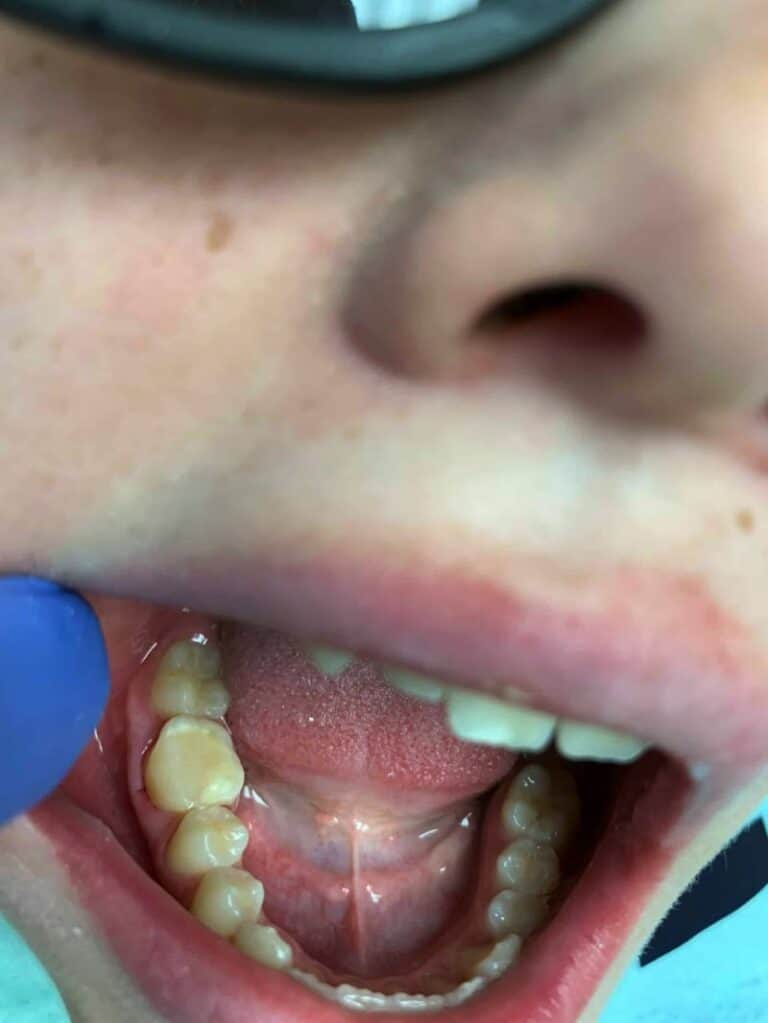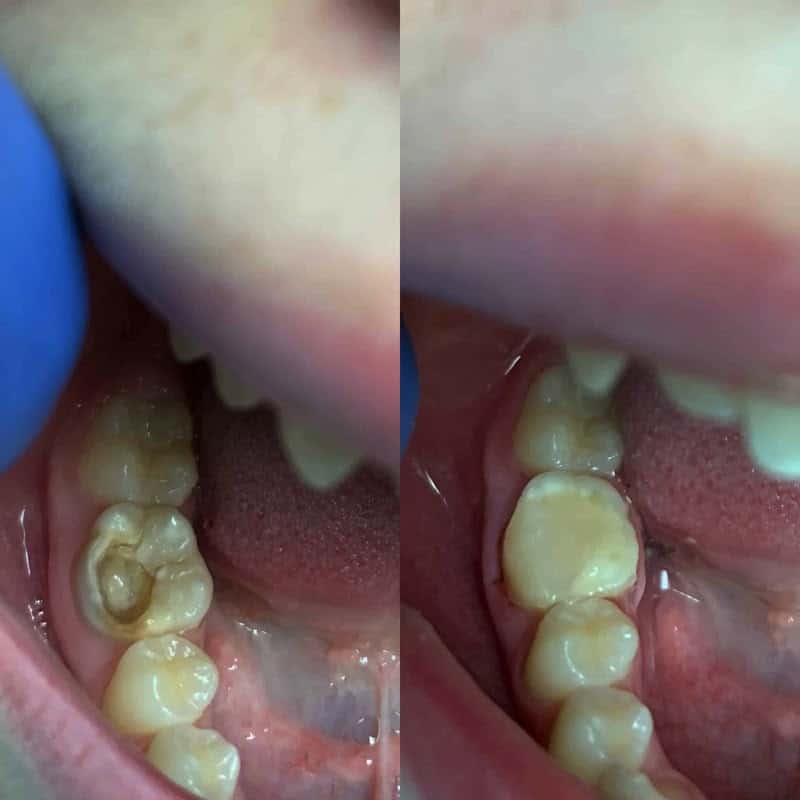Expires June 30, 2025

A root canal is a procedure where we numb you as we would for any dental treatment, and we carefully remove the nerve tissue from a tooth in order to save the tooth from having to be extracted. After the procedure is completed, the tooth will have no nerve and will be “dead”; we can then restore the tooth with a post and a crown so you can use the tooth again. A root canal is also known as an “Endodontic procedure.” We use a rotary technique which can be more efficient and faster than traditional hand-treated root canals, which means that you have can have successful treatment, and spend less time in the dental chair.
A tooth is made of three layers — the outer layer of enamel, the middle layer called the dentin, and the inner layer, called the pulp chamber (the nerve). When a cavity progress from the enamel, to the dentin, and then into the pulp, a root canal is needed because the nerve can become infected, which can lead to you losing the tooth.
In a root canal procedure, the canals (nerve chambers) mentioned above are filled with a non-reactive filling material. Once the procedure is finished, you should have a final restoration placed on the tooth (such as a crown) to protect the tooth from decay and/or fracture and chipping. We usually do so with a crown and sometimes with a post and a crown. When the root canal is done well and the tooth is restored promptly, the long-term prognosis for the tooth is usually excellent.

ROOT CANAL TREATMENT AND TOOTH FILLING

